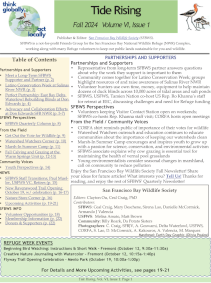NOAA expands two national marine sanctuaries off the Bay Area coast
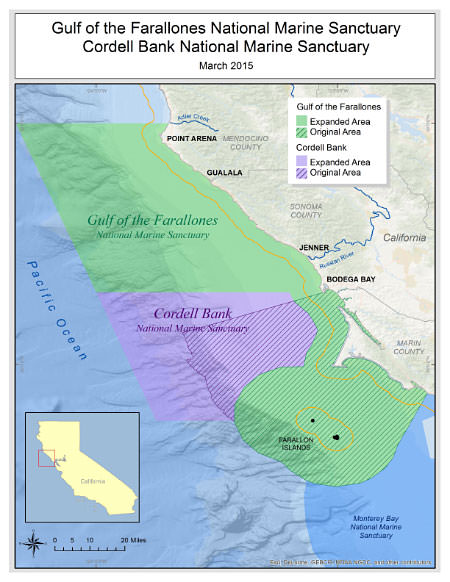
Map of expanded Gulf of the Farallones and Cordell Bank National Marine Sanctuaries. Credit: NOAA
- via a press release from the National Oceanic and Atmospheric Administration.
Cordell Bank and Gulf of the Farallones national marine sanctuaries off northern California will both more than double in size following a final rule released today by NOAA. The expansion will help to protect the region's marine and coastal habitats, biological resources and special ecological features.
Cordell Bank National Marine Sanctuary, located 42 miles north of San Francisco, will expand from 529 square miles to 1,286 square miles. Gulf of the Farallones National Marine Sanctuary will expand from 1,282 square miles to 3,295 square miles of ocean and coastal waters.
"We are thrilled to announce the expansion of two of our sanctuaries in California," said Holly Bamford, Ph.D., acting assistant secretary of conservation and management and NOAA's deputy administrator. "It's important to conserve these special places that encourage partnerships in science, education, technology, management and community."
The expansion is based on years of public comment and research by NOAA and its scientific partners that identified the nutrient-rich upwelling zone originating off Point Arena and flowing south into the original sanctuaries as one of the most productive in North America.
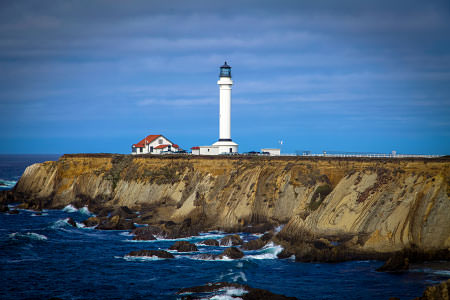
The sanctuary expansion expands Gulf of the Farallones National Marine Sanctuary to just north of Point Arena. Credit: Matt McIntosh/NOAA
Cordell Bank and Gulf of Farallones national marine sanctuaries represent globally significant, extraordinarily diverse, and productive marine ecosystems that encompass areas as varied as estuarine wetlands, rocky intertidal habitat, open ocean and shallow marine banks.
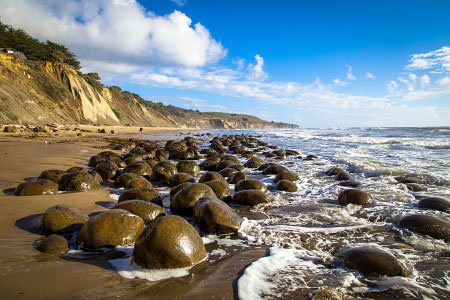
Unique geologic formations along the coast provide different textures and habitats for wildlife. Credit: Matt McIntosh/NOAA
They include areas of major upwelling where nutrients come to the surface and support a vast array of sea life including 25 endangered or threatened species, 36 marine mammal species, including blue, gray and humpback whales, harbor seals, elephant seals, Pacific white-sided dolphins, and one of the southernmost U.S. populations of Steller sea lions; over a quarter million breeding seabirds; and one of the most significant white shark populations on the planet.
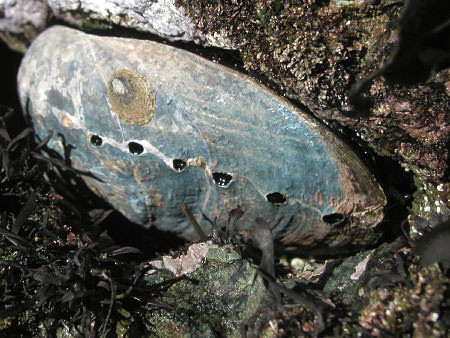
Black abalone are endangered and can be found in the Gulf of the Farallones National Marine Sanctuary. Credit: Steve Lonhart/NOAA
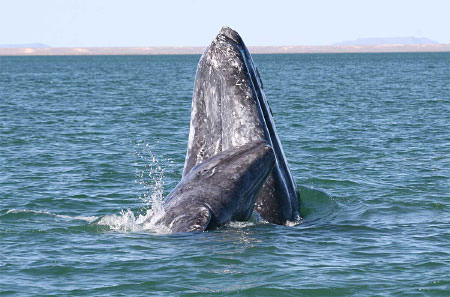
Gray whales migrate south and north along the coast and prime viewing locations during migration season include Point Arena and Bodega Head. Credit: NOAA
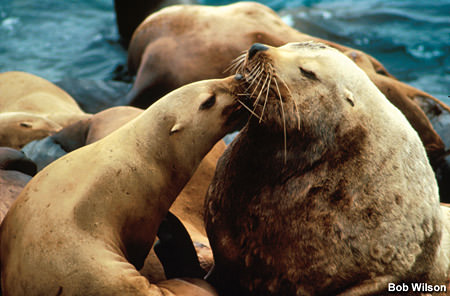
The Gulf of the Farallones National Marine Sanctuary provides habitat for Steller’s sea lions. Courtesy of Robert J. Wilson
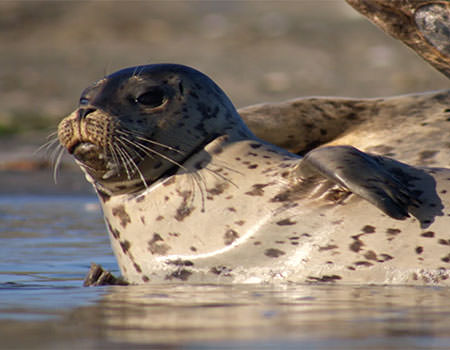
Look for harbor seals hauled out to rest or pup, along the shores of the expansion area of Gulf of the Farallones National Marine Sanctuary. Courtesy of Bob Talbot
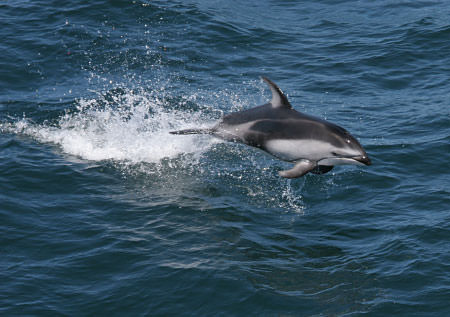
Sometimes seen in herds of over 1,000 animals throughout sanctuary protected waters, Pacific white-sided dolphins are known for their speed and acrobatic leaps. Credit: NOAA/SWFSC/Sophie Webb
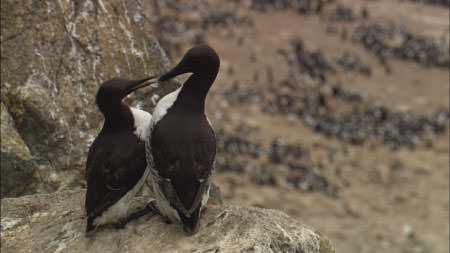
Common Murres are abundant along the California coast and are still recovering from historic egg collecting, fisheries bycatch and oil spill mortality. Courtesy of Bob Talbot
"This expansion is the outcome of a tremendous collaborative effort by government, local communities, academia and elected officials to provide additional protection for critical marine resources," said Daniel J. Basta, director of the NOAA's Office of National Marine Sanctuaries. "It presents a bold vision for protecting the waters off the northern California coast for current and future generations."
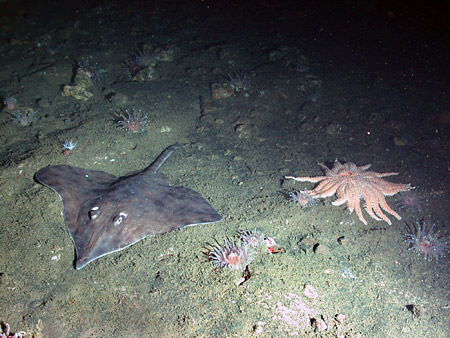
Deep sea habitats in Bodega Canyon, part of the expanded Cordell Bank National Marine Sanctuary provide unique habitat to long nose skate, sunflower stars and more. Credit: CBNMS/NOAA
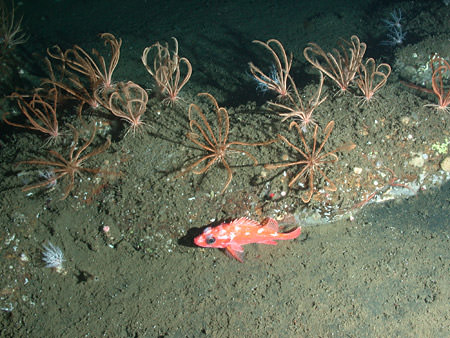
The deep water habitats in the expanded Cordell Bank National Marine Sanctuary harbor deep sea invertebrates and fishes such as these crinoids, sea cucumbers and rosethorn rockfish. Credit: CBNMS/NOAA
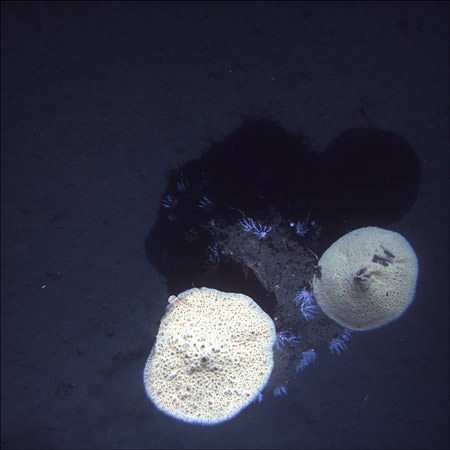
The relatively unexplored depths of Bodega Canyon within the expansion area offer fragile habitat to deep sea sponges, corals, and other invertebrates and fishes. Credit: NOAA
During a review of both sanctuaries' management plans, NOAA received comments from the public in 2001 expressing interest in expanding the boundaries north and west. In response, the revised management plans published in 2008 included a public process to consider possible expansion and ensure that sanctuary boundaries were inclusive of the surrounding area's natural resources and ecological qualities.
Beginning in December 2012 through June 2014, NOAA conducted a public engagement process to allow the public to weigh in on the proposed expansion. The agency received more than 1,300 comments, most in support of the proposed expansion.
More information on the expansion can be found at http://farallones.noaa.gov/manage/expansion_cbgf.html.
Gulf of the Farallones National Marine Sanctuary, designated in 1981, and Cordell Bank National Marine Sanctuary, designated in 1989, both contribute greatly to ocean and coastal management by engaging in public outreach and education to promote stewardship, conducting scientific and applied research initiatives, and developing and supporting programs that strengthen resource protection for the long-term health of the region.
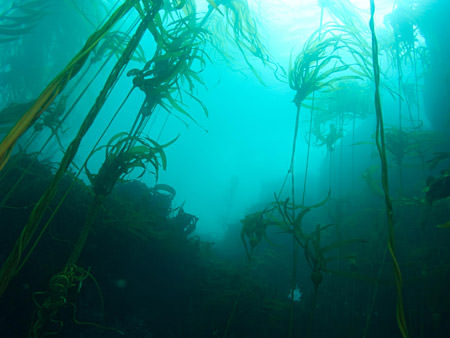
Bull kelp forests provide numerous habitats for nearshore fish and invertebrate species in the Gulf of the Farallones National Marine Sanctuary. Credit: Jared Figurski, UCSC
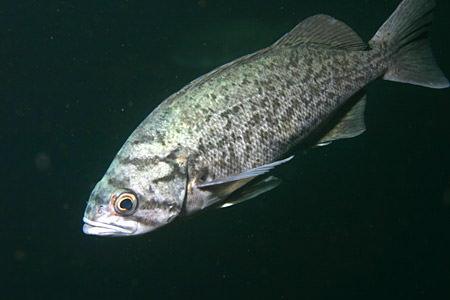
Blue rockfish hover in the bull kelp forests and thrive in the food rich ocean waters along the Gulf of the Farallones National Marine Sanctuary coastline. Credit: Chad King/NOAA
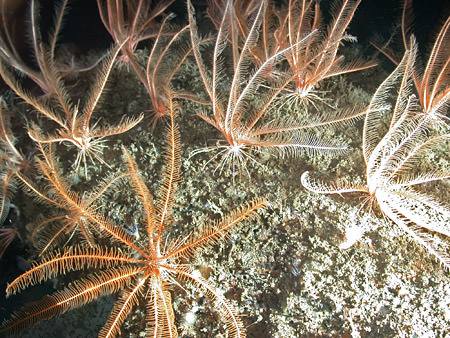
These deep sea crinoids are an ancient seastar that utilize the deep sea habitats in the Cordell Bank National Marine Sanctuary. Credit: CBNMS/NOAA
NOAA's mission is to understand and predict changes in the Earth's environment, from the depths of the ocean to the surface of the sun, and to conserve and manage our coastal and marine resources.

